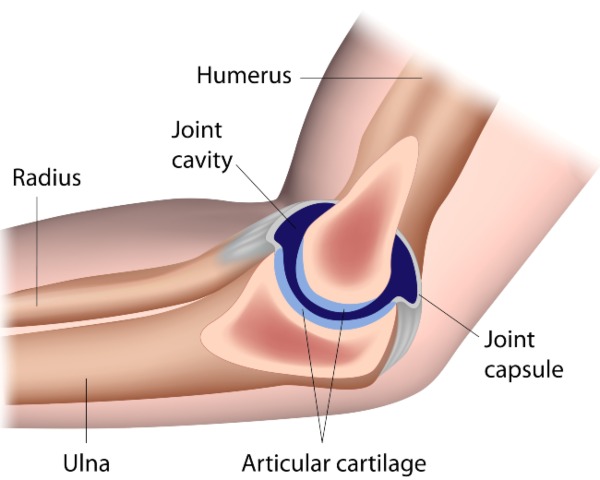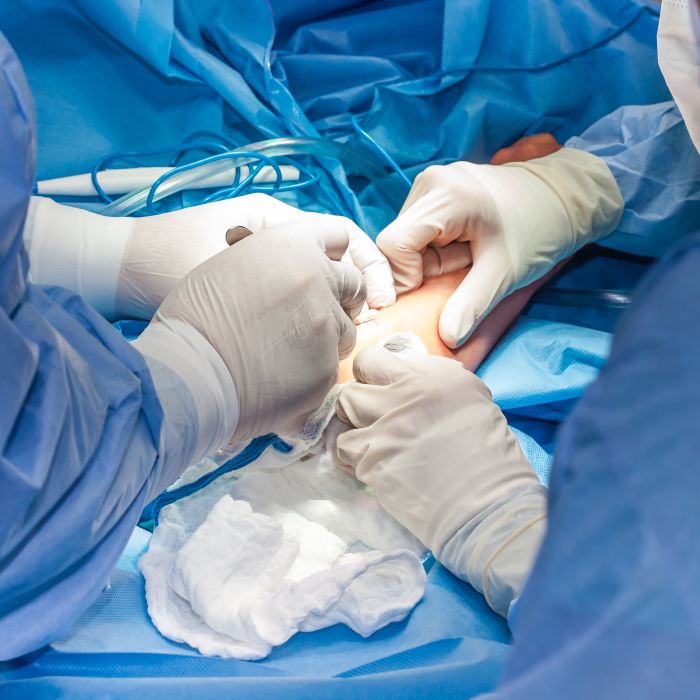TENNIS ELBOW TREATMENT MELBOURNE
Dr Christopher Pullen
ELBOW JOINT ANATOMY
The anatomy and function of your elbow joint
The elbow is a complex hinge joint that actually consists of three separate joints. These joints allow for a wide range of movements of the forearm and hand. Many of the muscles of both the upper and lower arm either cross or attach to at least one component of the elbow joint.
The elbow joint is made up of three bones, (1) the humerus, (2) ulna, and (3) radius. It is surrounded by a watertight sac called the joint capsule (which is filled with lubricating fluid).
The main ligaments of the elbow are the:
(1) Medial collateral ligament (on the inner side of the elbow) – connects the ulna to the humerus.
(2) Lateral collateral ligament (on the outer side of the elbow) – connects the ulna to the humerus.
(3) Annular ligament, holds the radial head tight against the ulna.
There are bony bumps at the bottom of the humerus called epicondyles, where several muscles of the forearm begin their course. The bony bump on the outer side (lateral side) of the elbow is called the lateral epicondyle.
Tennis Elbow involves the muscles and tendons of your forearm that attach to the lateral epicondyle.This attachment is called the common extensor origin.
Elbow Joint Anatomy


Figure 1
TENNIS ELBOW SURGERY
If your symptoms do not respond to nonsurgical treatments, Dr Pullen may recommend surgery. Most surgical procedures for tennis elbow involve removing diseased tendon and reattaching healthy tendon back to bone.
The right surgical approach for you will depend on a range of factors including the scope of your injury, your general health, and your personal needs.
Dr Pullen will discuss the options with you and any risks associated with each of the following procedures:
(1) Arthroscopic surgery – Dr Pullen will usually make two small incisions (cuts), about half a centimetre long, around the joint. He will insert and arthroscope (small camera) through one of the incisions so he can examine the joint. Through the other incision he will insert surgical instruments to help remove and or repair the damaged part of the tendon and potentially treat any other problems with the joint.
(2) Open surgery – The operation is similar but is performed through a 4 to 5 centimetre cut made on the outer sideof your elbow.

POTENTIAL COMPLICATIONS
The risks and complications of tennis elbow surgery include:
- Elbow stiffness and restricted movement
- Infection
- Numbness or tingling around the elbow and forearm
- Recurrent tendon tear
- Persistent elbow and forearm pain.
Dr Pullen will discuss with you in detail the potential complications and risks in relation to the surgery.
Proud member of Royal Australasian College of Surgeons and Australian Orthopaedic Association.


Tennis Elbow Surgery Melbourne
Dr Pullen treats patients from all over Victoria in relation to elbow injuries. He consults with patients at the following practice locations in Melbourne including East Melbourne and Ringwood.


